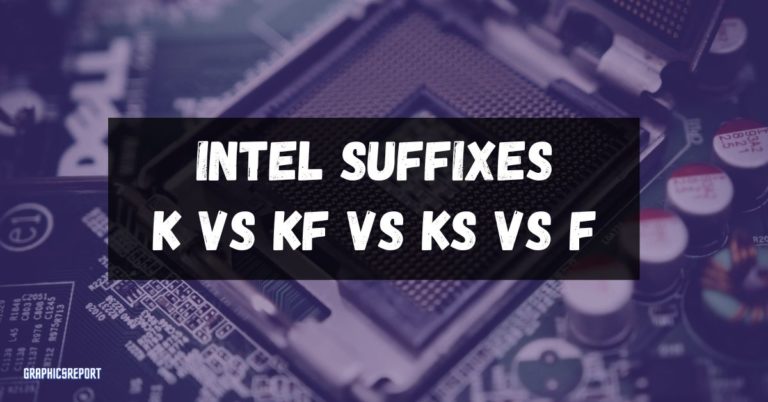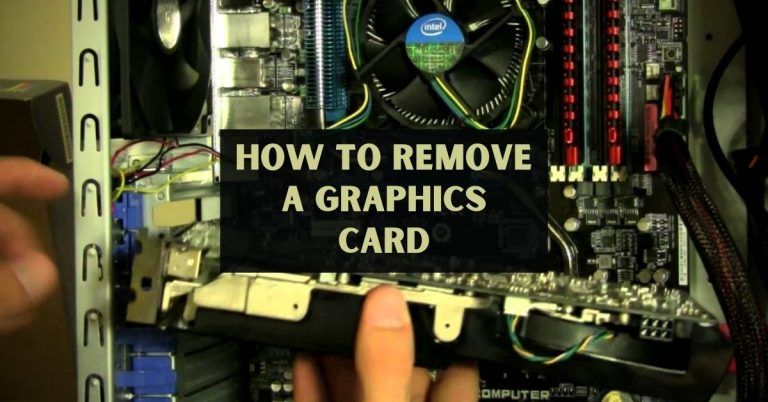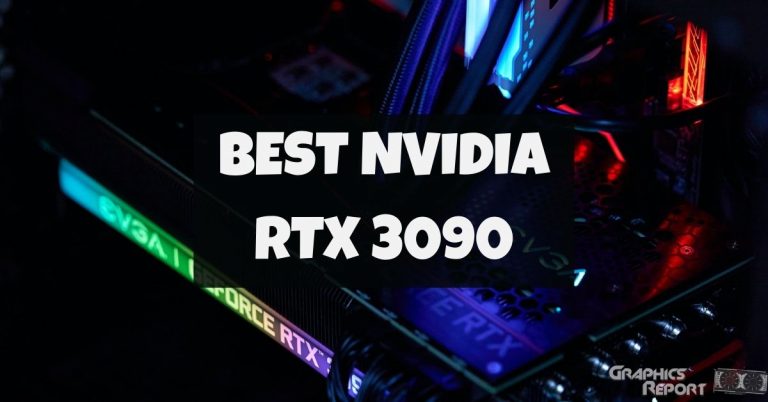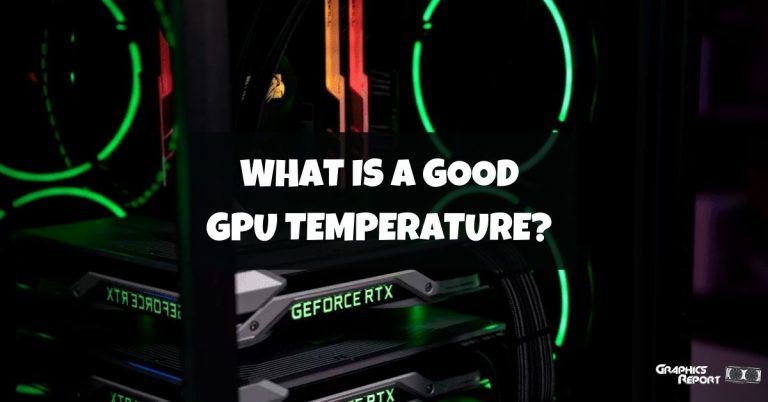
Midway through the year 2020, AMD introduced its most recent line of Radeon RX 6000 graphics cards. It had a tone of additional features in order to compete with the most powerful GPUs offered by NVIDIA.
Included in this set of options is SAM, termed Smart Access Memory. Combining a Radeon graphics processing unit (GPU) from the 6000 series with a Ryzen central processing unit (CPU) enables a significant improvement in gaming performance under specific conditions thanks to Smart Access Memory technology developed by AMD.
There hasn’t been much CPU access to GPU memory in the past. Applications were required to use particular functionalities; only the driver had direct access.
Greater control over memory allocation and consumption became feasible with explicit APIs. The CPU now has immediate access to all video memory thanks to the invention of Smart Access Memory (SAM).
Your AMD GPU can experience a slight performance improvement in several games when used in conjunction with the appropriate, supported gear.
I’ll walk you through the process of turning on SAM and provide further details on the hardware and benchmarks it supports.
What Is AMD Smart Access Memory Technology And How Does It Work?
AMD when using a Ryzen 5000 processor and Radeon 6000 GPU together, the performance of your gaming PC is improved by the new Smart Memory function. Your CPU can only access a specific amount of graphics memory (VRAM) at once on a Windows machine.
The CPU can often access 256MB of VRAM at once. The restriction is a peculiarity of the 32-bit period carried over to the 64-bit era when we now have more potent hardware with significantly more graphics RAM.
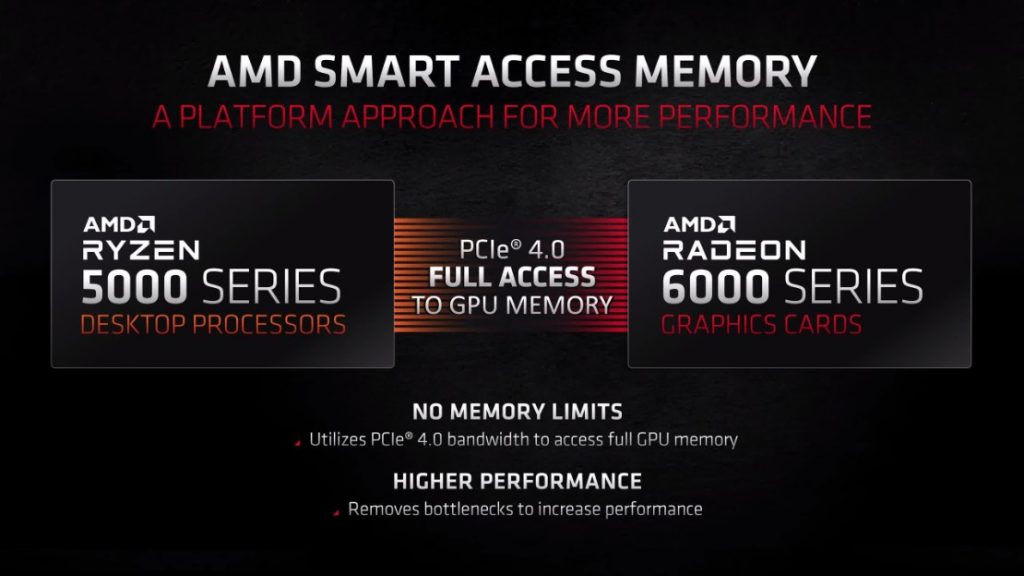
However, how does this operate? Smart Access Memory eliminates such restrictions by enlarging the data channel to offer your CPU complete access to your GPU memory to enhance performance. According to AMD, the function can boost performance by up to 16%, depending on the game and resolution you play in.
For instance, World of Warcraft Shadowlands performs 6% better at 1440p and 11% better at 4K. On the other hand, Assassin’s Creed Valhalla gains 15% in 1440p but just 9% in 4K. Even though the outcomes differ based on the title and resolution, Smart Access Memory delivers advantages in all areas.
AMD Smart Access Memory: Requirements
For SAM to work on any computer, you require a few key hardware pieces.
- CPUs from the AMD Ryzen 5000 series and select AMD Ryzen 3000.
- The graphics processing unit (GPU) should be an AMD Radeon RX 6000 series.
- AMD AGESA 1.1.0.0 or a later version is accessible through the BIOS.
- Motherboards belonging to the AMD 500 series
- Radeon Software version 20.11.2 or a later version, as the required driver version
Assuming that your computer has the necessary hardware and that both the GPU driver and the BIOS are up to date, you should have no trouble enabling SAM right away. The procedure is uncomplicated, and there is not much to lose in the process.
You won’t have to pay anything extra to use this function, and you should see an improvement in performance as a result. I used a Radeon RX 6800 Graphics Processing Unit (GPU) to conduct benchmark tests in order to get an idea of how much of a difference AMD’s Smart Access Memory makes.
Each system will generate different results, and certain games will benefit more than others from the use of SAM. To decide whether or not to continue using SAM, activate it, find out whether it makes your experience in the games you play most enjoyable, and then decide whether or not to continue using it.
Related article: Amd’s fidelityfx super resolution explained
Instructions Dor Enabling SAM In The BIOS
Even though it necessitates exploring your motherboard BIOS, turning on Smart Access Memory just takes a few minutes if you have all the necessary gear. This is how to accomplish it:
- Use Del or F2 key to access the motherboard BIOS (see your motherboard documentation for details)
- Open the advanced settings window.
- If relevant, input PCI-E Subsystem parameters, for instance, on Asus motherboards.
- Activate the Above 4G Decoding setting.
- Toggle the “Resize BAR Support” setting to Auto, which is another viable option.
- Go to the Boot menu and turn off CSM (Compatibility Support Module).
- Save, quit the BIOS, then restart Windows.
The above-mentioned simple actions will enable Smart Access Memory. The Re-Size BAR support and above 4G decoding are considered to be the two most important techniques. Additionally, you should confirm that CSM is turned off, which is typically the default position.
How Do I Know If The Smart Access Memory (SAMS) Is On?
We can now verify that Smart Access Memory is turned on using the most recent AMD Radeon Software. Access the Tuning panel by clicking the Performance tab. The phrase Smart Access Memory may appear on this webpage.
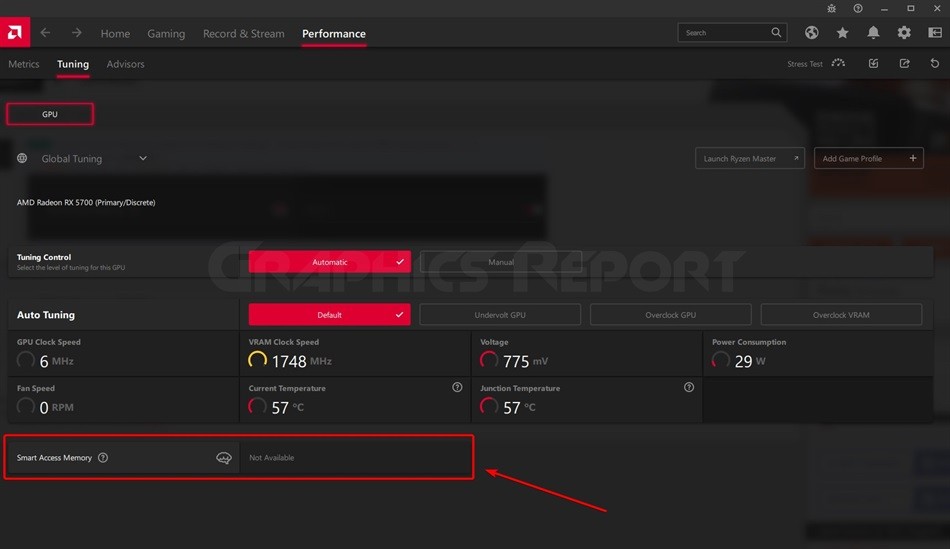
Here, you can make the setting active or inactive. This will serve as proof that your visit to the BIOS was a success. Enjoy experimenting with the enhanced game performance!
Does It Really Make A Difference That Much?
Even if SAM’s core concept is simple, how does it actually enhance efficiency? Without this additional functionality, there will be limitations placed on the connection between CPUs and GPUs.
The maximum amount of the graphics card’s VRAM that the processor could access in the past was 256 megabytes. This was sufficient for a very considerable amount of time.
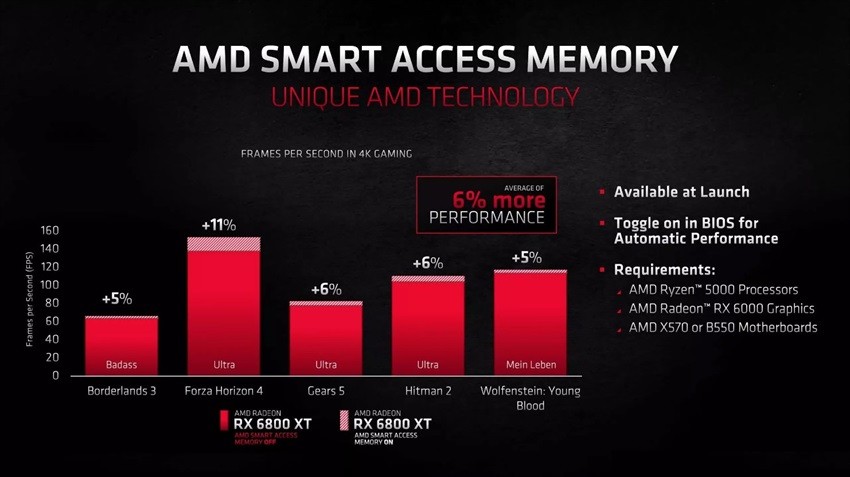
The requirements for today’s games are far higher, and most GPUs have more than 6 GB of VRAM. Therefore, it stands to reason that the processor’s access to the VRAM needs to be enhanced.
To put it another way, the connection between these two essential components of the computer needed to be strengthened and made more efficient. Due to the elimination of bottlenecks, the Ryzen CPU is now able to access a more significant portion of the RAM included in RDNA 2 graphics cards.
According to AMD, SAM may be able to deliver a performance improvement of approximately 10% for a wide variety of games. It includes games such as
- Ashes of the Singularity: Escalation,
- Assassin’s Creed: Valhalla,
- Forza Horizon 4,
- World of Warcraft: Shadowlands, and many others.
My Final Thoughts On It!
Resizable BAR is AMD’s rival to Smart Access Memory, which offers a stronger connection between the GPU and CPU for a noticeable performance boost. At the same time, Intel and NVIDIA are gradually integrating Resizable BAR into their own systems.
With the help of AMD’s Smart Access Memory, you can dramatically boost gaming performance in certain situations by pairing a Radeon RX 6000 series GPU with a Ryzen processor.
So yes, we have only seen a glimpse of AMD’s expanded potential. Potential strategic power boosts via SAM and Resizable BAR. Unfortunately, we have no idea if backward compatibility will be maintained between SAM and ReBAR releases in the future.
Regardless, there remains a persistent openness to new advances in technological prowess and operating range inside the industry.

